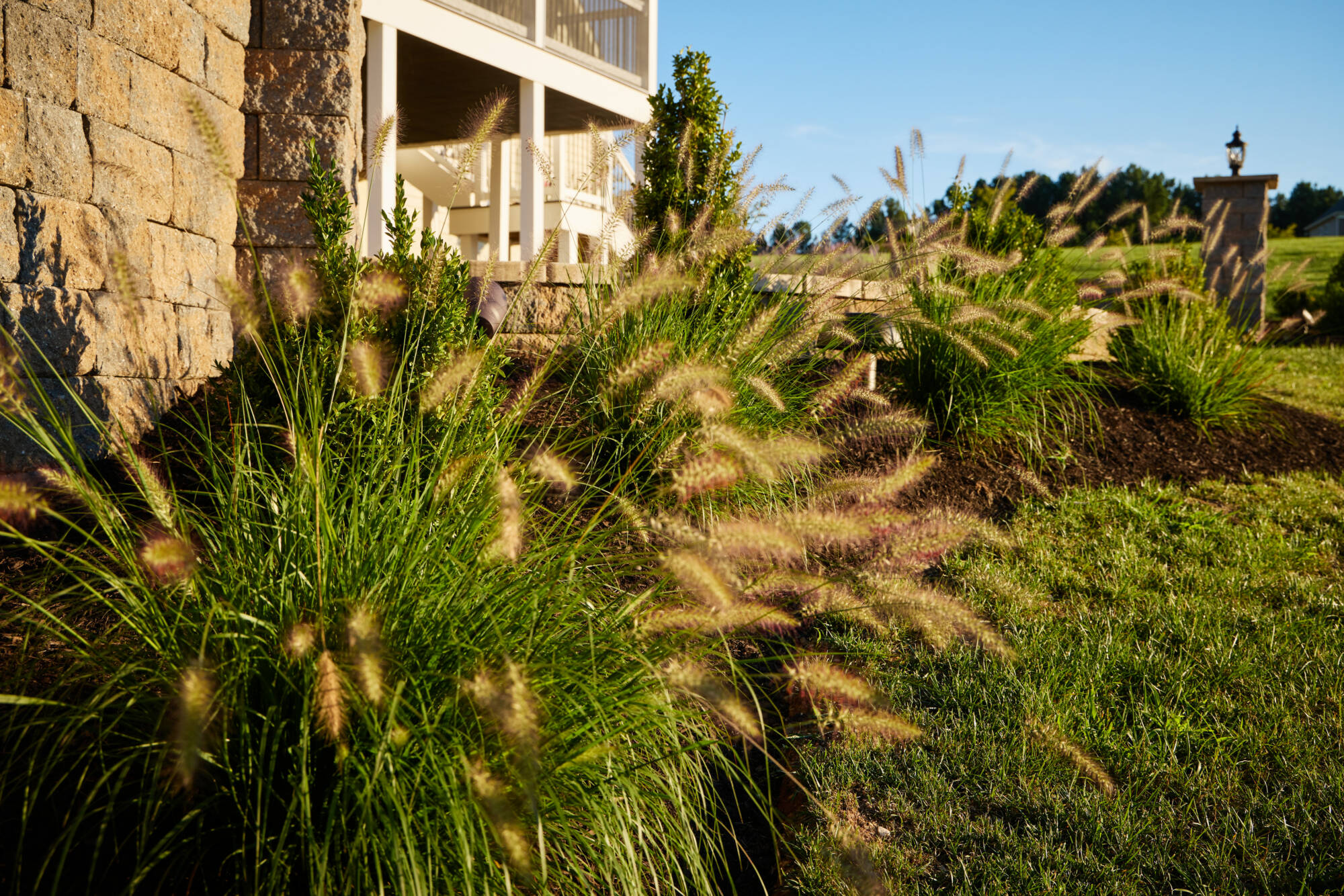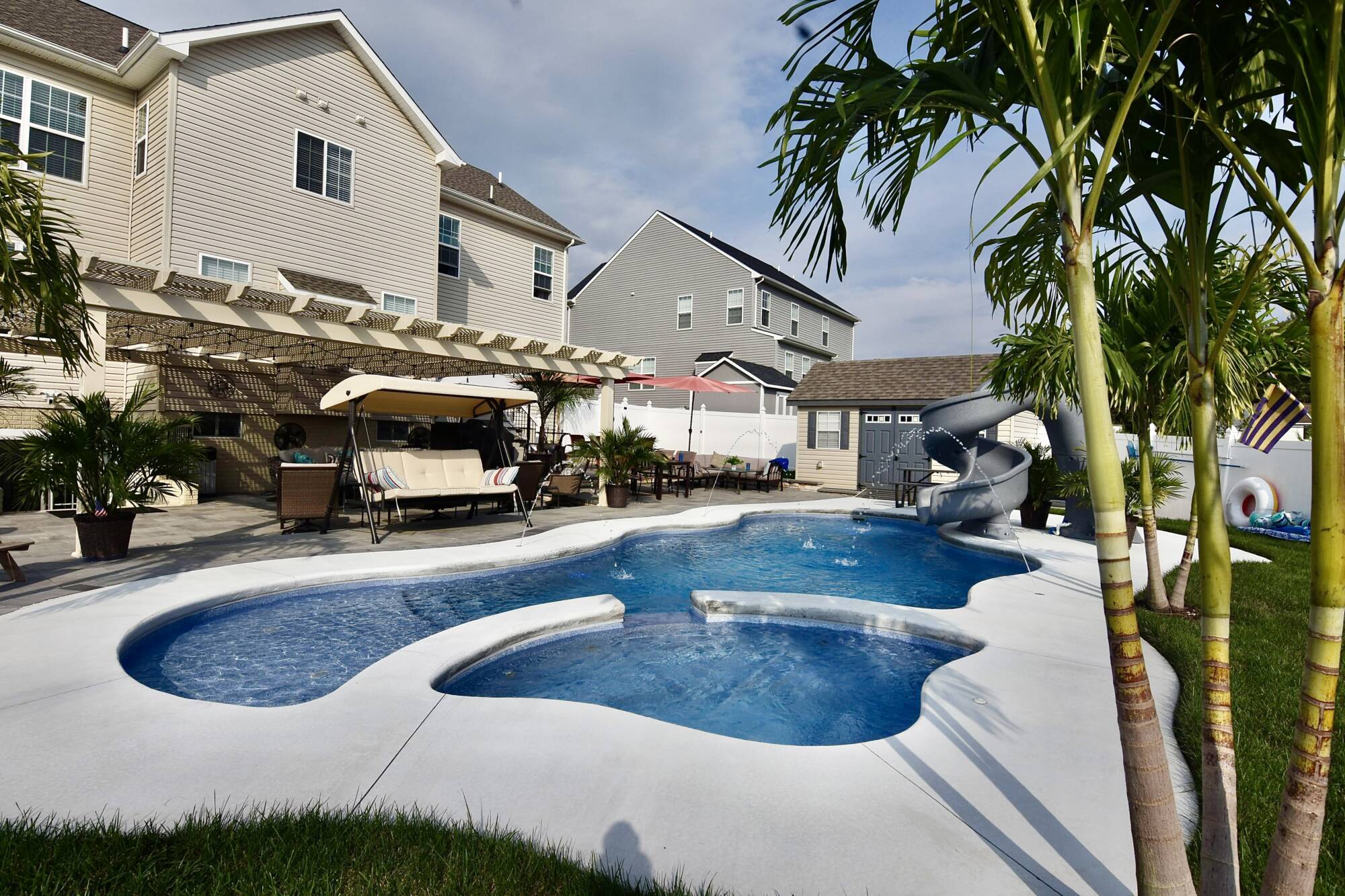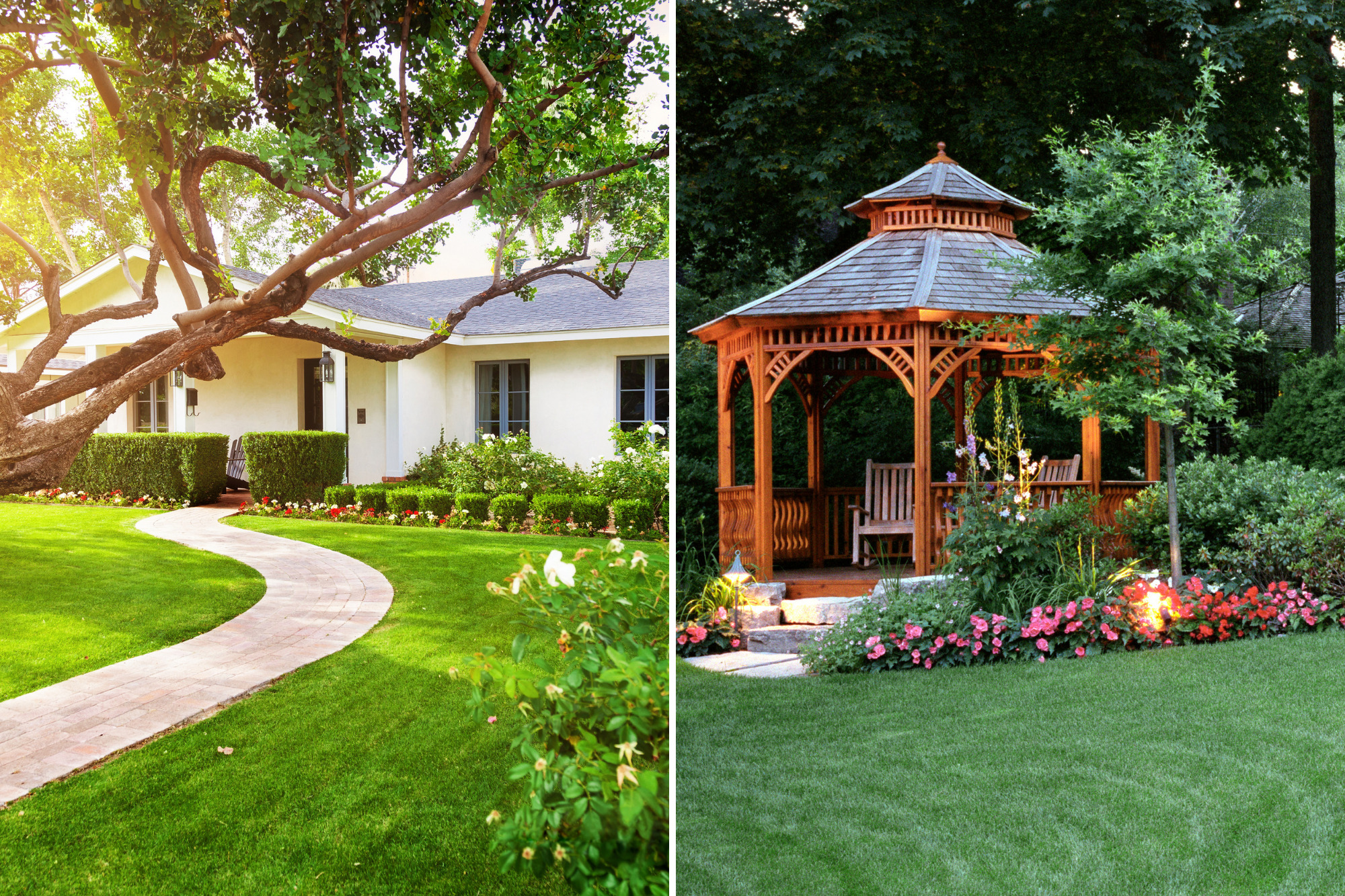The cool, crisp air of fall is a blessed relief after a hot, dry summer.…

Winter Tree Damage and What to Do About It
Old Man Winter can really do a number on your carefully thought-out landscape design. Winter tree damage can result in the loss of a whole tree, a few branches, or just some issues with the bark or discoloration of an evergreen.
Some of these issues may not seem big, but they can affect the health of your tree. Here at Lazo Landscaping, we work in tandem with our Tree Service division to ensure you have good-looking and healthy landscaping all year long.
Recognizing winter tree damage is the first step to protecting the overall look of your landscaping. Watch out for these problems, and know when to call in the professionals.
Broken Branches or a Downed Tree
This is by far the most serious winter tree damage you might see in your yard or commercial property. Heavy snow or ice storms can cause broken branches, or even bring down a tree altogether. With a smaller tree, you may be able to prune away the broken branches yourself.
However, with a larger tree that has broken branches, or has come down, you need to call a professional tree service for help. This is especially true if a tree fell on power liens or a building.
Brown Needles or Leaves on Your Evergreens
Browning needles or leaves on your evergreens is another sign of winter tree damage. It generally results from winter drying. This is why we advise homeowners and businesses to ensure that their trees are watered deeply each fall.
In a dry winter or cold winter where the ground freezes, an evergreen tree will take water from the leaves or needles because the roots may be frozen, or they can’t get enough water. This causes the discoloration, or leaf scorch.
This problem is not serious, and the tree should repair itself come springtime. A tree professional can prune and trim the tree to promote regrowth.
Splitting or Cracking Bark
On a cold winter day, you might hear what sounds like a rifle shot coming from the area of your trees. This is caused by cracking bark, which can happen with the temperature fluctuations. You may notice visible cracks in the bark.
Frost cracks won’t kill your tree outright, but they can make a tree more susceptible to insects or disease. You can always consider wrapping the trunks of your trees in burlap – just remember to remove it when the temperatures warm up.
Discolored Bark
The bark on your trees may become discolored due to sunscald or salt damage.
Sunscald
When the sun shines on the bark on a warm winter day, a layer of the bark may be tricked out of dormancy. But then those cells may be damaged when the temperature drops at night. This can result in discolored bark, and perhaps a sunken area, usually on the southwest side of the tree. This is called sunscald.
Sunscald won’t usually kill a mature tree, but can change its appearance. It might damage the bark on a young tree enough that tree removal in the spring will be necessary.
Salt Damage
Salt damage can also cause bark discoloration. While you can’t prevent temperature changes that cause sunscald, you can prevent salt damage. Don’t apply salt where it can come into contact with your trees. You may also want to avoid planting trees very close to a parking lot or street that may need salting during the winter.
Root Damage
Young trees or newly transplanted trees are susceptible to root damage caused by frost heave. With repeated freezing and thawing of the soil, tree roots can be pushed close to the surface of the soil, exposing them to the cold. You can easily prevent root damage by mulching around your trees in the fall.
For more information about winter damage to your trees and other landscaping, check out the University of Maryland Extension.
Lazo Offers 24/7 Emergency Tree Service
Some winter tree damage is relatively minor and the tree can recover all on its own. But if a snow or ice storm brings down tree limbs or an entire tree, please call our tree service team at 866-521-6153. We provide 24/7 emergency service. If it’s not an emergency, you can also schedule tree trimming, tree removal, and stump grinding.
Our tree service helps both residential and commercial clients in northern Baltimore County and Harford County.




This Post Has 0 Comments